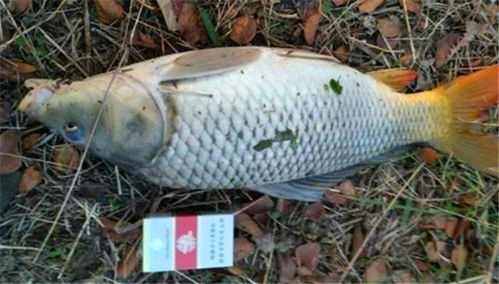Introduction:
Tackle fishing, especially with a Taiwan rod, has gained immense popularity among anglers worldwide for its precision and effectiveness. The art of rigging a Taiwan rod and using the right hooking techniques can significantly enhance your fishing experience. In this article, we will delve into the intricacies of how to string a Taiwan rod and share some expert fishing tips to help you catch more fish.
Understanding the Taiwan Rod:
Before we dive into the rigging process, it's essential to understand the Taiwan rod itself. These rods are known for their lightweight, sensitive nature, and exceptional casting ability. They are typically made of carbon fiber and are designed to be used with a variety of fishing techniques, including the famous Taiwan method.
Step-by-Step Guide to Rigging a Taiwan Rod:
Select the Right Rod and Line:

- Choose a Taiwan rod that matches the type of fish you're targeting. Lighter rods are ideal for smaller fish, while heavier rods are better for larger species.
- Use a monofilament line that is appropriate for the rod and the fish you're aiming to catch. The line should be strong enough to handle the fish's size but also flexible enough to allow for smooth casting and retrieval.
Attach the Line to the Rod:
- Thread the line through the rod's guides, starting from the tip and working your way down to the reel seat.
- Secure the line to the reel seat using a line clip or a similar device to prevent it from slipping off.
Choosing the Right Hook:
- Select a hook that is appropriate for the type of bait you'll be using and the size of the fish you're targeting.
- Ensure that the hook is sharp and well-maintained to increase your chances of a successful catch.
Rigging the Hook:
- Attach the hook to the line using a knot such as the Palomar knot or the improved clinch knot. These knots are known for their strength and ease of use.
- Make sure the hook is securely attached and that there is enough line between the knot and the hook to allow for a natural presentation.
Adding a Leader:
- For certain species or fishing conditions, a leader may be necessary. A leader is a shorter section of line with a different diameter than the main line, which helps to protect the main line from abrasion and to imitate natural prey.
- Attach the leader to the main line using a loop-to-loop connection or a special leader-to-line knot.
Choosing the Right Bait:
- Select a bait that is known to attract the fish you're targeting. Live bait, artificial lures, or even homemade baits can be effective.
- Ensure that the bait is properly secured to the hook to prevent it from falling off during the cast or retrieval.
Fishing Techniques:
Casting:
- Use a smooth, controlled casting motion to avoid spooking fish. The Taiwan rod's lightweight design makes it easy to cast long distances with precision.
- Practice your casting technique to achieve consistent and accurate casts.
Retrieving:
- Retrieve the bait at a natural pace, mimicking the movement of the fish's natural prey.
- Pay attention to the rod's sensitivity and be ready to set the hook when you feel a bite.
Setting the Hook:
- When you feel a bite, quickly and firmly set the hook by lifting the rod tip with your wrist and fingers.
- Avoid setting the hook too hard, as this can lead to a lost fish or damaged equipment.
Landing the Fish:
- Once you've hooked a fish, play it carefully and avoid reeling in too quickly, as this can cause the fish to become exhausted or break the line.
- Use a net to land the fish gently and safely.
Conclusion:
Mastering the art of rigging a Taiwan rod and using the right hooking techniques can significantly improve your fishing success. By understanding the rod's characteristics, selecting the appropriate equipment, and practicing the right techniques, you'll be well on your way to becoming a proficient tackle fisherman. Whether you're targeting small panfish or large game fish, the Taiwan method offers a rewarding and challenging fishing experience. Happy fishing!












